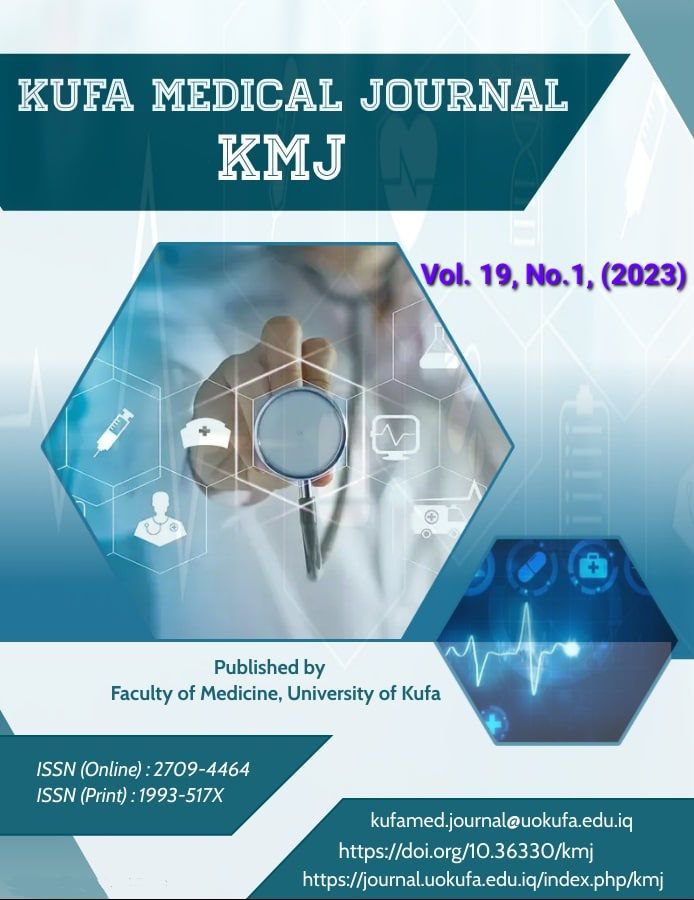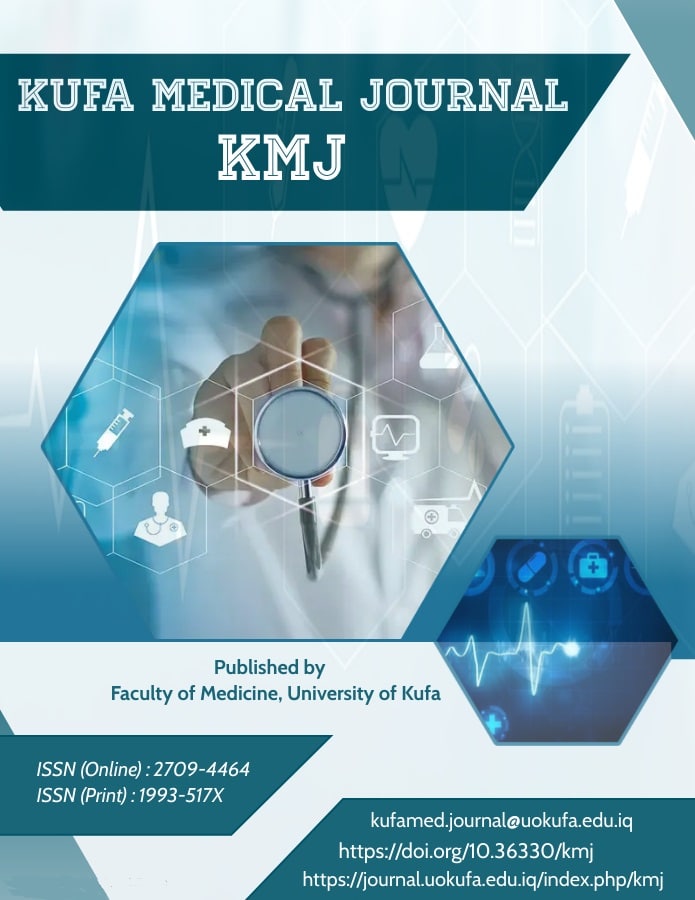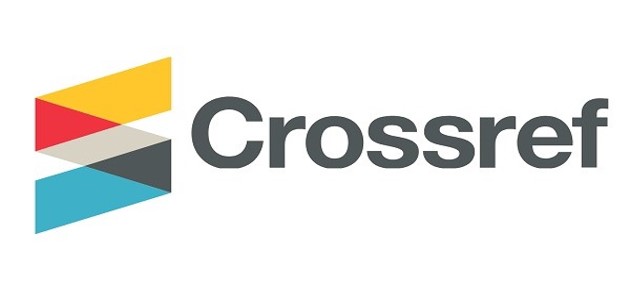Pulmonary Artery To Ascending Aorta Ratio On Pulmonary Computerized Tomography In Patients With COVID-19 Infection
DOI:
https://doi.org/10.36330/kmj.v19i1.12187Keywords:
Pulmonary Artery, Ascending Aorta, Computerized Tomography, Covid-19 InfectionAbstract
Background. Majority of patients infected with coronavirus disease 2019 (COVID-19) present with an acute respiratory illness of varying severity. Chest computerized tomography (CT) is one of the important steps in the diagnostic work-up of pulmonary involvement. Cardiovascular complications including pulmonary arterial (PA) abnormalities have been recently emphasized upon. This study aims to evaluate the relationship between severity of pulmonary infection and pulmonary artery/aorta (PA/AA) ratio on chest CT scan. Material and Methods. This cross section study was conducted on 74 patients with confirmed diagnosis of COVID-19 who underwent chest CT scans.. Radiologists assessed every CT examination and graded the extent of pulmonary involvement and severity score obtained. The diameters of PA and aorta were measured and PA/AA ratio was then calculated. Results. Among 74 patients, 28 patients have abnormal PA/AA ration (>1) . Twenty four patients (32.2%) were classified as mild, 39 (52.7%) as moderate and 11 (14.8%) as severe, with statistically significant difference regarding presence of abnormal PA/AA ratio (P> 0.05) specially in patients with severe pulmonary involvement. There was no significant difference regarding gender and age groups. There was no statistically significant relationship between PA/AA ratio and pattern of pulmonary radiological findings.
Conclusion. Covid-19 patients with severe pulmonary involvement (higher severity score) tend to have abnormal PA/AA ratio. PA /A ratio could be used as an additional prognostic radiological marker in assessment of Covid-19 infection.
Downloads
Downloads
Published
How to Cite
Issue
Section
License
Copyright (c) 2023 Haider Najim Al-Tameemi

This work is licensed under a Creative Commons Attribution 4.0 International License.
which allows users to copy, create extracts, abstracts, and new works from the Article, alter and revise the Article, and make commercial use of the Article (including reuse and/or resale of the Article by commercial entities), provided the user gives appropriate credit (with a link to the formal publication through the relevant DOI), provides a link to the license, indicates if changes were made and the licensor is not represented as endorsing the use made of the work. The authors hold the copyright for their published work on the KMJ website, given that KMJ is responsible to appreciate citation for their work, which is released under CC-BY-4.0 enabling the unrestricted use, distribution, and reproduction of an article in any medium, provided that the original work is properly cited.












